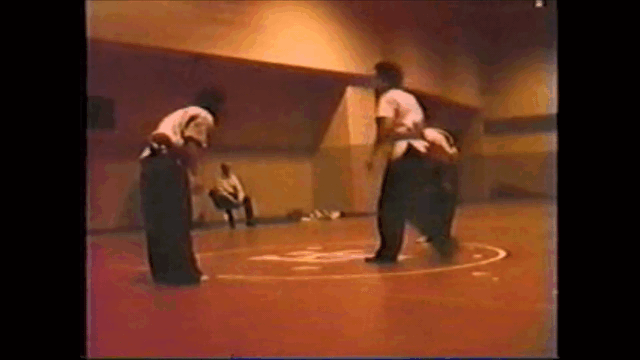I've seen Testing come up often and everyone has their own way of testing techniques. Time to standard testing of martial arts techniques with the purpose of being effective. This is my attempt to do so. You are welcome to include your input and I'll take what's valid and use it anything that's not valid will get trimmed. Things that are too specific will get trimmed. It may be correct within one system and not correct in another. Things like that do not help when creating an over all standard. Wrestling Standards are not the Same as Striking Standards.
When creating testing recommendations always do it from the perspective of the Technique itself and the Ability of the fighter.
Example: Provided that the practitioner has reach necessary skill level and understanding of the technique (how to use, when to use). The technique can be tested by........
Here is my first shot at this.
Provided that the practitioner has reach necessary skill level and understanding of the technique (how to use, when to use). The technique can be tested by:
#1 and #4 requires that the viewer takes note of the skill level of the opponent, and their ability to be aware of the technique. You'll either need 2 watchers for this. 1 for the person doing the technique and another to watch the opponent's response. Easiest way would be to video tape the sparring session, since the match can be replayed.
When creating testing recommendations always do it from the perspective of the Technique itself and the Ability of the fighter.
Example: Provided that the practitioner has reach necessary skill level and understanding of the technique (how to use, when to use). The technique can be tested by........
Here is my first shot at this.
Provided that the practitioner has reach necessary skill level and understanding of the technique (how to use, when to use). The technique can be tested by:
- Active sparring in which his opponent is unaware that the technique will be used (no telegraphing).
- Active sparring in which the effectiveness of the delivery of the technique is measured as the opponent becomes more aware (does the technique becomes less effective as the opponent becomes more aware).
- Count the number of attempts and success (what qualifies as a success can vary so there may be multiple measures of success).
- Gather feedback from the person using the technique and his opponent. (The opponent must be unaware of which technique you are measuring.)
#1 and #4 requires that the viewer takes note of the skill level of the opponent, and their ability to be aware of the technique. You'll either need 2 watchers for this. 1 for the person doing the technique and another to watch the opponent's response. Easiest way would be to video tape the sparring session, since the match can be replayed.

